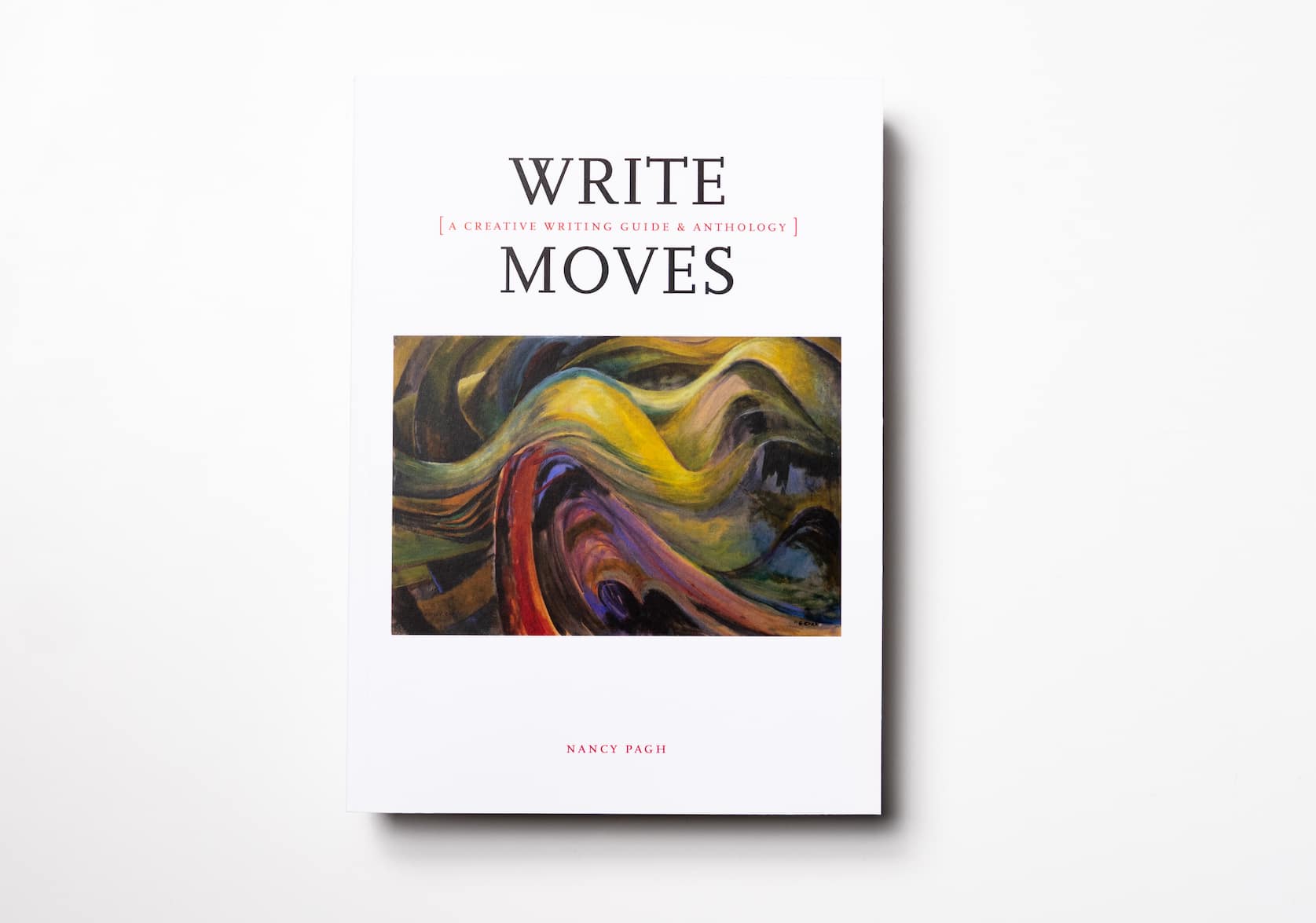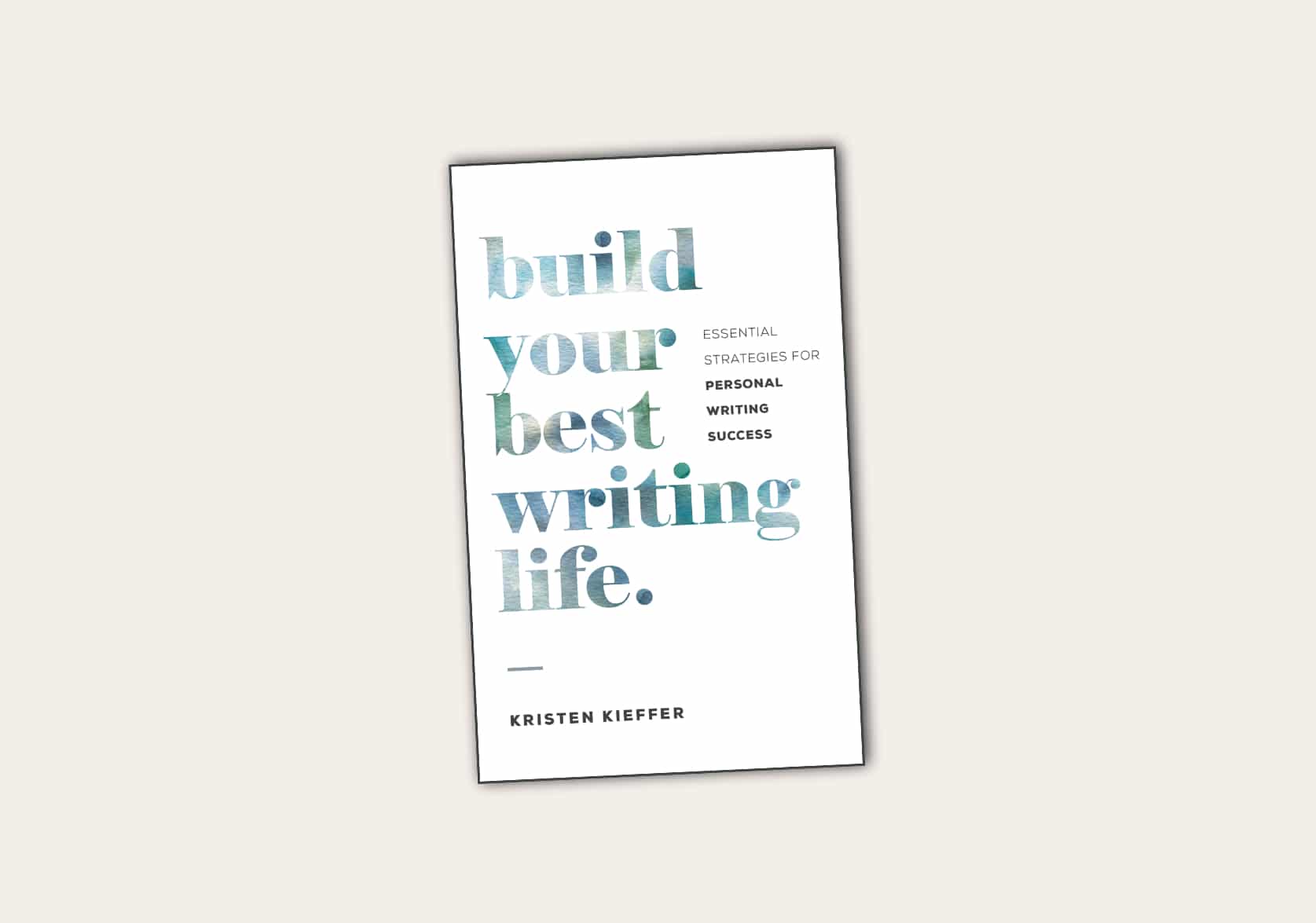Your First Page by Peter Selgin
C$58.00
First Pages and What They Tell Us about the Pages that Follow Them
Paperback, 360 pages, ISBN: 9781554814732
Published by Broadview Press, 2019, Revised Workshop and Classroom Edition
Buy this book from independent bookstores or those who support them:
Canada only (select your indie bookshop):
US only (Bookshop.org):
(Young W may make a small commission if you buy this book via the links on this page. Please note that prices may vary from the one listed here.)
From the publisher:
This engaging guide has a unique approach to creative writing instruction, focusing only on the first page of a prose work.
Your First Page is unlike any other craft book on writing. It is based on the premise that practically everything that can go right or wrong in a work of fiction or memoir goes wrong or right on the first page. Those first 300 or so words function like canaries in coal mines, forecasting success or predicting trouble. They establish the crucial bond between writer and reader, setting them off together on a path toward the heart or climax of a story—or they fail to do so. From first pages we stand to learn most of what we need to know to succeed as authors. This new workshop and classroom edition of Your First Pagehas been revised to better fit the needs of creative writing classrooms and workshops.
Praise for Your First Page:
Praise for the first edition: “I have long taught the critical importance of the first few pages of any work of fiction. What a delight to find a smart, perceptive, enormously useful book that focuses on the craft and technique issues of these same make-or-break first 500 words. I heartily recommend Peter Selgin’s Your First Page to any aspiring young writer.” — Robert Olen Butler, Pulitzer Prize winner and author of From Where You Dream: The Process of Writing Fiction
“Like a detective dusting for fingerprints, in Your First Page Peter Selgin demonstrates how a close examination of the opening paragraphs of a story, novel, or essay can reveal much more than a beginning writer might imagine: the entire work’s DNA. In example after example, he demonstrates the kind of close reading that will serve any writer well and offers sound advice on exposition, scene, characterization, point of view, style, and many more essential components of effective prose. Though it can serve the individual writer toiling away at home, I look forward to sharing it with students in my classes, too.” — Peter Turchi, author of A Muse and A Maze: Writing as Puzzle, Mystery, and Magic
“An excellent, unique book. I use this book in my English 307: Writing the Literary Novel course. What’s special about it is its rich collection of good quality brief samples of work in progress. The strengths and weaknesses of these texts are clearly analyzed by Peter Selgin with an intelligent eye, and students can see how to improve their own work. Reading the contemporary masters of fiction is valuable, but inevitably a chasm is created. This book helps to realistically bridge that chasm and get students on the road to increasingly more efficient results in their own writing.” — Vic Cavalli, Trinity Western University
About the author:
Peter Selgin
is the author of Drowning Lessons, winner of the 2007 Flannery O’Connor Award for Short Fiction. He has published a novel, an essay collection, a memoir, three books on the writer’s craft, and several children’s books. His play, A God in the House, was a Eugene O’Neill National Playwrights Conference finalist. He is a visual artist as well as a writer, and his illustrations have appeared in The New Yorker, Forbes, and elsewhere. He is Associate Professor of English (Creative Writing), Georgia College & State University.
Table of Contents
INTRODUCTION
I. OPENING STRATEGIES
- 1. Who Speaks? Choosing Narrators
- 2. Dramatic Openings
- 3. Colluding with Readers / Second Person
- 4. Character Narrator
- 5. Where to Start? Biblical Openers
- 6. Setting the Scene: The Wide-Angle Establishing Shot
- 7. Beginning at the End
- 8. Literary Births
- 9. In Medias Res: The Inciting Incident
- 10. The Covenant: Taking the Leap
II. SEVEN DEADLY SINS: COMMON ERRORS
- 1. Default Omniscience: Failure to Properly Engage a Narrator and Inhabit That Narrator’s Perspective
- 2. False Suspense: Capricious Withholding of Information
- 3. Dramatized Routine or Status-Quo Syndrome: Failure to Distinguish between Events and Routine
- 4. Information vs. Experience: Supplying Abstract Ideas and Conclusions in Lieu of Concrete Evidence
- 5. Imitation Story: Cliché at the Root of Conception
- 6. Disappearing Scenes: Failure to Distinguish between Background, Flashback, Frame, and Present Story
- 7. Sentimentality: Implying or Describing Emotions in Excess of Experience
- 8. (Bonus Sin) Grim Determination: The Deadliest Sin?
III. FIRST PAGES ANALYZED
- Introduction: How to Use These First-Page Analyses
- A. Point of View: Who Speaks?
- 1. Song of the Dust Bowl: 1936 (First Person / “Voice” / Style Born of Urgency / Child Narrator)
- 2. The Logging Road to the Cabin (Third Person / Information vs. Evidence / Default Omniscience)
- 3. A Pair of Foggy Sisters (Third Person / Default Omniscience / “Said”)
- 4. Where the Hernandezes Live (Third Person / Subjectivity / Information vs. Experience / Inhabiting Scene)
- 5. On the Couch (Third Person / Free Indirect Discourse / Dramatized Routine vs. Drama)
- 6. Drive-by Girl (Dramatized Routine / Interior Monologue / Free Indirect Discourse)
- 7. A Woman Bedazzled (Unreliable Narrators & Narratives vs. Unreliable Authors)
- 8. The Curfew (Second Person)
- 9. Narrating from the Great Beyond (Dead Narrator / Gratuitous Narrative Devices)
- B. Structure: Where to Begin?
- 10. Megan’s Life: A Surfeit of Beginnings (Where to Begin? / Inciting Incident / Death)
- 11. Flying with Mum and Dad (In Medias Res / Framing the Question)
- 12. A Fateful First Encounter (First Glimpse / Atmosphere / Framing Device / Authorial Intrusion)
- 13. Living with Lyle (First Glimpse / Mistaken Identity / Whose Viewpoint? / Implication vs. Statement)
- 14. After the Fire (Nested Scenes / Russian Doll Syndrome / Past Perfect / Dialogue Tags)
- 15. The Unwritten Masterpiece (Sleeve Rolling & Throat Clearing)
- 16. Strawberry Fields (Starting Off with a Dream)
- C. Plot/Suspense
- 17. A Stubbed Toe in the Library (Plots A & B, Inciting Incident / Retrospective Narrative)
- 18. Clouds Across the Moon (False Suspense / Trusting Your Narrator / Prologues)
- 19. A Stranger Approaches (False Suspense / Artificially Withheld Information)
- 20. Conducting Olivia (False Suspense / Grounding Scenes / Context / Accident as Inciting Incident)
- 21. Taking the Yoke (Foreshadowing / Implications vs. Statement)
- 22. Hanging from a Cliff (In Medias Res / Premature Climax)
- 23. Romance & Fireworks (False Suspense / Pointed First Sentence)
- D. Characters
- 24. Meeting Ewan (First Glimpse / Evoking Characters / Memoir)
- 25. Painting the Nude (Stereotypes / Fictional Artists)
- 26. A Balcony Overlooking the Bay (Dramatized Routine / Fictional Artist)
- 27. An Opening in Search of Itself (Unreliable Narrator / Mental Illness / Abstraction / Metaphors)
- 28. Finding Jenny (Indolent Character / Mental Illness / Sensational Event Conveyed by Torpid Scene)
- 29. A Self-Conscious Queen (Judgments, Labels, and Epithets / Dramatized Routine)
- 30. Up a Tree (Child’s Perspective / Blunt Sentences)
- 31. Mean December Wind (Retrospective Narrator / Strong Verbs / Appealing to Senses)
- 32. Art’s Highest Purpose: To Complicate Our Feelings (Child Protagonist / Humor and Danger)
- E. Genres 165
- 33. Zechs’s Deal: A Routine Awakening (Sci-Fi or Speculative Fiction / In Medias Res / Dramatized Routine)
- 34. To the Core (Science Fiction / Humor / Tongue in Cheek)
- 35. U’gen Cadets (Speculative Fantasy / False Suspense / Clarity & Precision)
- 36. A Dragon’s Protection (Fantasy / Appealing to the Senses / Metaphysical Elements)
- 37. Celestia’s Last Battle (Prologues / Fantasy / Adjectives / Suspension of Disbelief / Telling vs. Showing)
- 38. A Psycho in the Making (Horror-Thriller Genre / Psychopathic Characters / Muffled Implications)
- 39. Death on the Freeway (Detective Fiction / Clairvoyant Dreams)
- 40. Bases Loaded (Crime Thriller / McGuffins / Dramatized Routine as Harbinger of Violence)
- 41. Hit and Run (Detective Fiction / Noir / Hardboiled Prose)
- 42. Detective in a Department Store (First Sentences / Information vs. Evidence / Dramatized Routine)
- 43. Mommy Get Your Gun (Satire / Spoof / Importance of Grammar)
- 44. Lady Pamela’s Surgeon (Romance / Bodice Ripper / Where to Begin?)
- 45. The Pleasures of Genre (Regency Romance / Strong Verbs / Close Third Person / Feelings)
- F. Memoir 211
- 46. Tanks & Miracles (Memoir / War / Memoir vs. Autobiography / Theme)
- 47. A Pilot’s Probation (Memoir / Vocation / Memoir vs. Autobiography)
- 48. From “Loss … But Not Lost”: A Deathbed Scene (Memoir / Death / Show, Don’t Tell / Inhabiting Scenes)
- 49. A Surprise Phone Call (Memoir / Scene vs. Summary / Clutter / “Glance” / Verbs)
- 50. A Rude Awakening (Memoir / Relationship / Judgments / Righteous Indignation)
- 51. The Year of 14 Jobs (Memoir / Implication vs. Statement / Abstract vs. Concrete)
- 52. The Road Train (Memoir / Travel / Flashback / False Suspense vs. Generosity)
- 53. The Substance Abuser’s Wife (Memoir / War / Drug Addiction / Cliché at the Root of Conception)
- 54. An Addict’s Perspective on Addiction (Memoir / Addiction / Reflection / Unreliable Narrator)
- 55. Clinic Caper (Memoir / Humor / Story vs. Anecdote)
- 56. Leaving Jumana (Memoir / Framing Questions Effectively)
- 57. I’m Not Chinese (Memoir / Precision, Authenticity, Humility)
- G. Style 251
- 58. A Stormy Opening (Writing Up a Storm / Poetry vs. Histrionics / Inadvertent Comedy)
- 59. A Letter from Tehran (Sentimentality / Grounding Scene in Setting / Implication via Action)
- 60. A Lion in the Room (Defamiliarization / Throat-Grabber Openings / Metaphor)
- 61. Back to School Night (Scene vs. Summary / Description vs. Exposition / Show, Don’t Tell)
- 62. The First Day of the War (War / Tense / Authenticating Details)
- 63. Gramma’s Death Bed (Framing Device / Perfunctory Adverbs / Death)
- 64. The Sympathetic Medic (Adjectives)
- 65. Home from Fairview (Mental Illness / Abstract vs. Concrete / Similes and Metaphors)
- 66. The Girls in the Band (Modifiers / Statement vs. Implication / Less = More)
- 67. A Hole in the Heart (Abstraction / Grounding in Scene / Metaphors / Subjectivity)
- 68. When I Met Lucia (Abstract vs. Concrete / Opinions & Information vs. Evidence)
- 69. Beth’s Wish (Whose Drama? / Overwriting / Implication vs. Statement)
- 70. A Woman of Valor (Genericism / Authenticating Details / Cliché)
- 71. Five Years with Sam (Poetry at the Expense of Meaning)
- 72. Canary Wharf (Overwriting / Sensationalism / Adverbs)
- 73. Kidnapped (First Sentence / Grounding Scene / Flashback / Revision / Past Perfect)
- 74. A Twice-Drowned Narrator (“Titanic Lit” / Dead Narrators / Details / Baroque vs. Austere / Devices)
- 75. Meatloaf Night (Child’s or Child-like Perspective / Dialogue / Constraint = Style)
IV. SOME EXEMPLARY OPENINGS
V. SOME EXEMPLARY FIRST SENTENCES
AFTERWORD: ARTISTIC VS. COMMERCIAL SUCCESS
SUBJECT INDEX
WORKS AND AUTHORS CITED INDEX
(Credits: Book cover image and publisher’s description have been retrieved from BiblioShare.)
Buy this book from independent bookstores or those who support them:
- Canada only (select your indie bookshop):
- US only (Bookshop.org):







